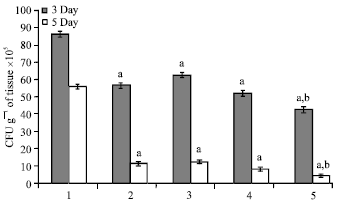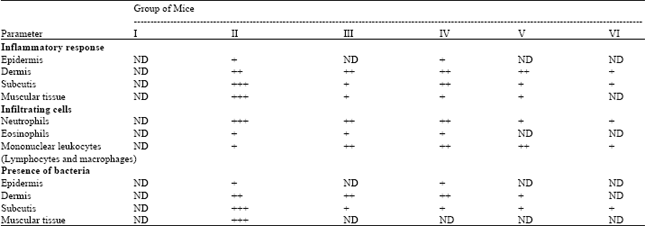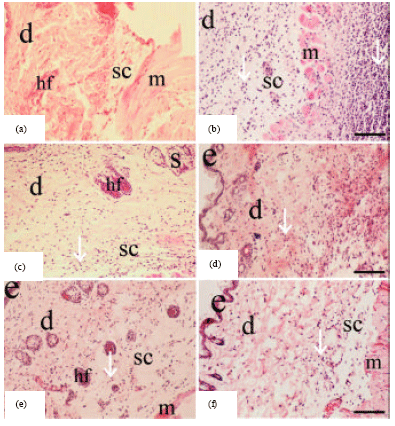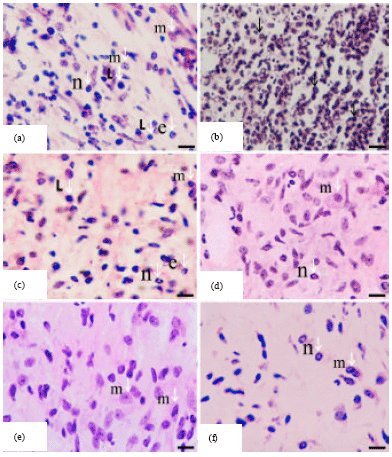Research Article
Influence of Nigella sativa Fixed Oil on Some Blood Parameters and Histopathology of Skin in Staphylococcal-Infected BALB/c Mice
Department of Biological Sciences, Faculty of Science, Al-al-Bayt University, P.O. Box 130040, Mafraq 25113, Jordan














